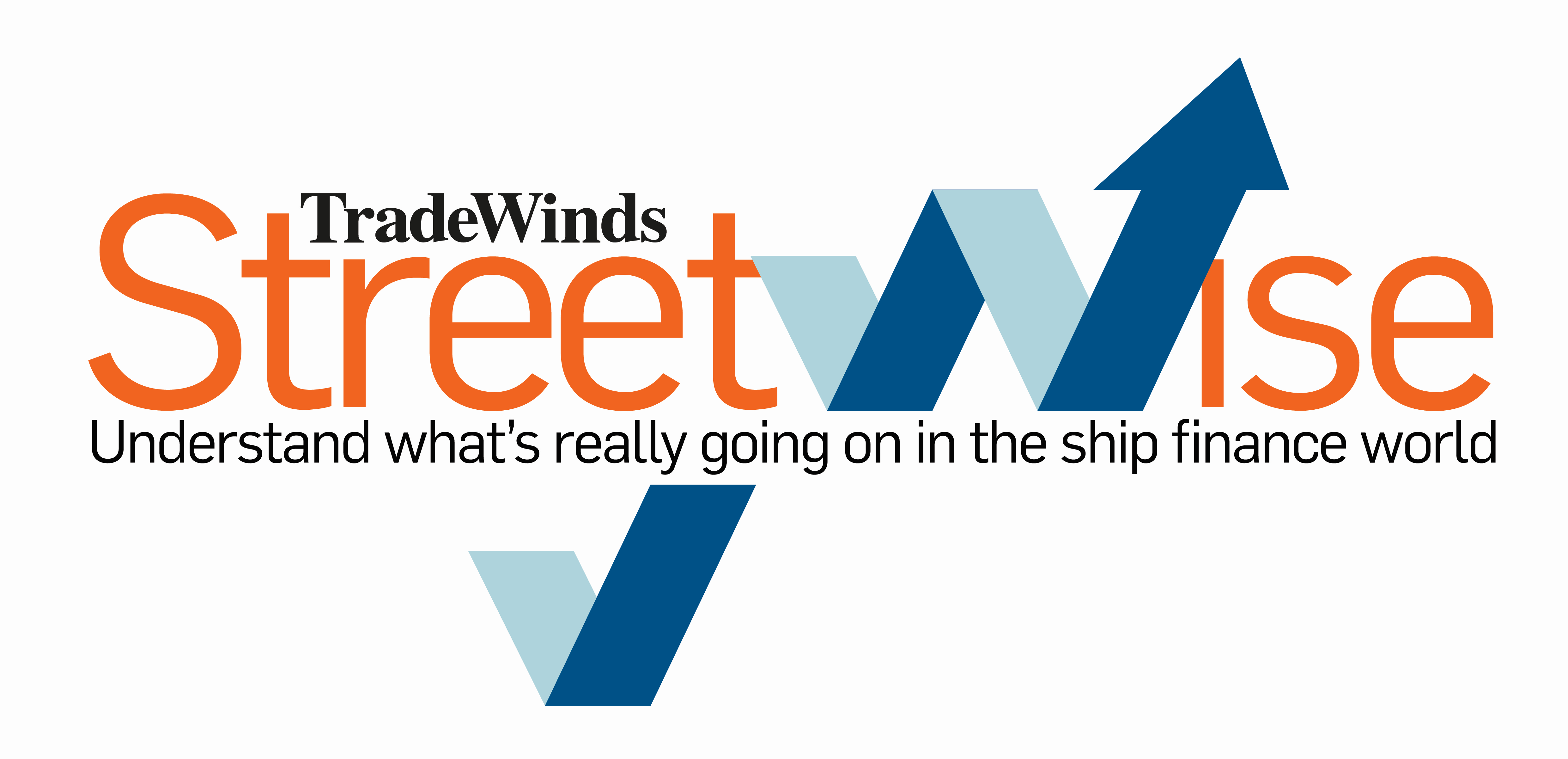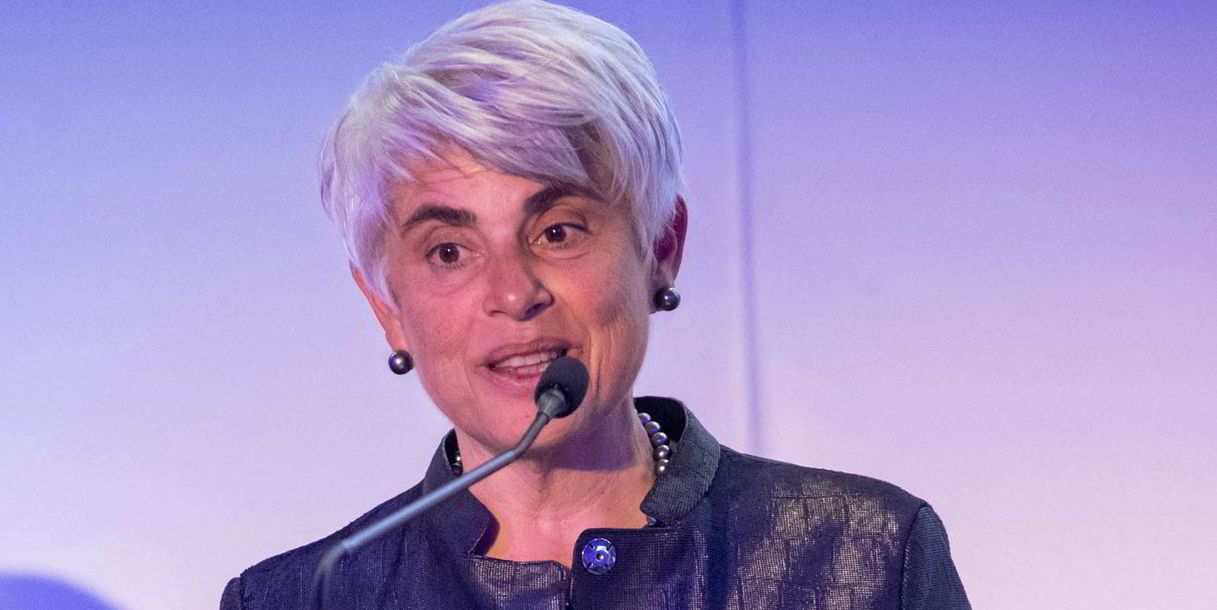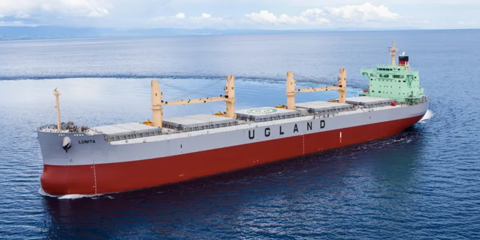With first-quarter earnings season in full swing, one of the interesting takeaways is always the relative performance between different vessel operating sectors, along with comparisons of the peer companies within those segments.
But what about the shipowners that don’t fit neatly into just one of these categories? There are three US-listed companies among the 24 covered by investment bank Jefferies that need to be judged separately.
Navios Maritime Partners, Capital Product Partners and Costamare Shipping are the rebels. The three Greek owners dare to flout the convention that “pure-play” companies dedicated to one vessel segment are the proper way to play public markets.

Some of them continue to have strong feelings about the propriety of their decisions, and we will get to their comments a bit later. First, a bit of background.
Navios has tankers, bulkers and container ships. Capital has boxships and LNG carriers. Costamare has expanded from its initial container ship focus into a heavy dual presence with bulk carriers.
With another set of results about to roll in, Streetwise took a look at how the outliers have performed against the purists.
From what we’ve seen so far, the answer is: not so well.
Despite the argument that investors will ultimately cotton on to the mixed fleets because of their greater scale and stability across various market cycles, they have not done so to date in any obvious way.
Rather, the diversified trio has underperformed pure-plays in key metrics such as trading price against net asset value (NAV) and raw stock performance — or at the very least failed to match the results of the top-performing vessel classes.
Let’s take a look first at trading price to NAV.
According to an April report from Jefferies, Navios Maritime Partners is the worst of the 24 companies with a stock price of just 20% of NAV. Capital is third-worst at 34%. Costamare managed a 69% ratio.
For comparison, the peer group of pure tanker players trades at an average 82% of NAV. Bulkers are at 70% and boxships at 48%.
To note, Costamare does manage to beat the container ship average and is basically in line with the bulker owners. Navios and Capital are clear laggards.
The picture is similar when it comes to share performance. Let’s look at the full-year 2022.
Navios shares gained 3.47% on the year, or 4.26% with its modest dividend included.
This was better than pure boxship listings, which lost an average 42.5%, or 23.6% with dividends included. But it fell far short of the average 323% gain of product tanker owners, 79% for crude carriers and 156% for owners with both clean and dirty tankers.
Since Navios has bulkers as well, that group lost 6.4% in pure share price, but returned 13.1% with dividends considered.
Costamare lost 26.6%. So it beat the boxship crowd, but trailed its bulker brothers.
Capital? It lost 15.3%, again bettering the pure boxship peers. While it’s hard to find comparison points in gas, Flex LNG did gain 32.9% on the year.
So perhaps the three avoided the lowest lows of the pure-plays, but also didn’t hit the highs.
Let’s continue the comparison through the first quarter of 2023.
Only Costamare managed a gain: 1% in pure share price and 2% with dividend.
Capital lost 2%, and 1% with dividend. Navios lost 7%.
The average return by the 24 Jefferies stocks was 10%, or 15% with dividend considered.
It should be noted that Jefferies researcher Omar Nokta is one of the friendlier equity analysts when it comes to diversified public fleets.
While Jefferies did recently downgrade Costamare to “hold” from “buy” based on its expansion into bulkers, Streetwise understands that the owner’s new trading platform in the dry trade was the reason, not its ownership of vessels.
Nokta counsels patience on the diversified model.
“Across all three of those companies, the approach came together during the course of one cycle. I think it’s going to take time to prove out as a positive,” he said.
“We need to see a full cycle play out, and I think that’s going to take years to show. I wouldn’t throw in the towel yet, especially if I’m Navios.”
Not that there seems to be any towel-throwing at the moment.
Streetwise contacted management of the three owners for their views. And while Costamare chose not to comment, there was plenty of reaction from Capital and Navios.
Capital chief executive Jerry Kalogiratos said the company values predictable income and cash flow but otherwise is “somewhat agnostic” on vessel type. Such a focus was a big part of unloading its tanker fleet into Diamond S Shipping in a 2021 merger.
“Being mindful of shipping cycles and residual risk when you invest in different shipping segments works well in my mind, as not all shipping cycles typically move together,” Kalogiratos said.
The long-time lieutenant to principal Evangelos Marinakis noted that Capital has never had balance-sheet issues in 16 years as a public company and has paid dividends every quarter since its 2007 IPO, amounting to more than $1bn.
“This would probably not have been possible if we were exposed only to one market segment,” Kalogiratos said.
He described a glut of “fast money” chasing exposure to shipping investments that can drive valuations in peak markets.
“I believe that our business model is more steady, with fewer surprises both on the upside and the downside, and that over time we are creating value for long-term unitholders,” he said.

Navios principal and CEO Angeliki Frangou probably has been the foremost public shipowner advocate for the diversified listing model, as she has shared with TradeWinds several times since deciding to consolidate her specialised public companies under the Navios Partners banner.
It is clear from a message to Streetwise this week that her resolve has not been shaken.
Frangou also brought some of her own numbers to the table.
Measuring from the time Navios determined to implement its diversification strategy in November 2020, the Navios Partners stock has a total return of 300%, compared with 225% for dry bulk, 260% for tankers and 130% for container ships.
Now, it might be argued that there is a bit of cherry-picking in these numbers. Navios Partners was priced near its nadir as a public company at the time, and thus improving off a very low base. The share was trading around $7 then, but had been on a long decline from more than $200 on a split-adjusted basis in 2015.
That comparison aside, Frangou continues to frame the discussion with a look towards the future.
“Investor composition is changing,” she said. “Shipping stocks have been dominated by investors with short-term horizons, seeking to ride the wave while being unconcerned about effects of the breaking wave on the entity.
“Perhaps that is why the industry has been afflicted by a difficult historical track record. [Navios Partners] is aligned with a growing investor base with a long-investment horizon, seeking compound economic returns from the investment opportunity.”
More ship finance news
Retail investors will be able to invest in wet freight derivatives as the first ever tanker-focused exchange-traded fund lists on the New York Stock Exchange. Click here to read.
Greece’s Imperial Petroleum is free of bank debt following a repayment to Alpha Bank. The Nasdaq-listed tanker and bulker owner, led by Harry Vafias, handed over an outstanding $16m to clear its last loan more than three years early. Click here to read.
New York-listed Scorpio Tankers is on the verge of sealing up to $1bn in bank lending that would enable it to accelerate buyouts of expensive lease financing for its fleet of product carriers. Click here to read.



